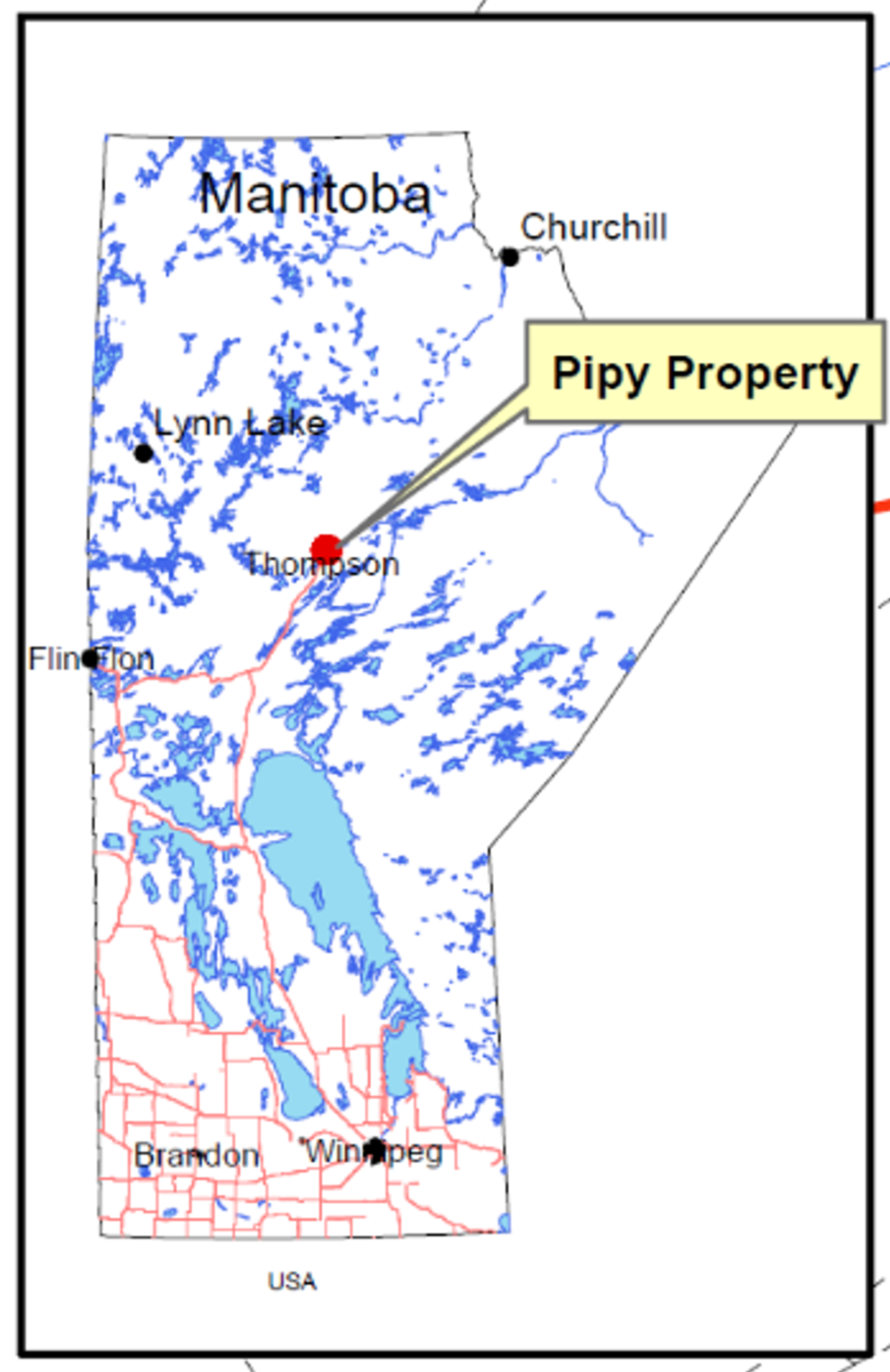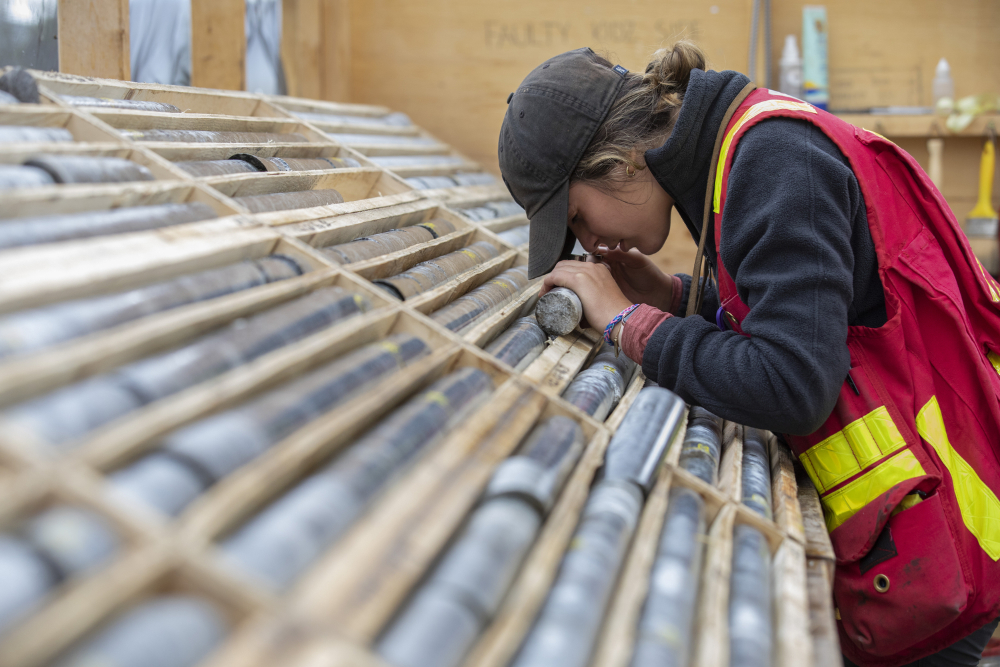Gold in Nova Scotia
No metal on earth has the same tantalizing effect on mankind as gold. The ‘sweat of the sun,’ as the ancient Incas called it, has the power to quicken the pulse of the prospector or put a gleam in the eye of the miner.
Gold also inspires normally prudent newspaper editors to produce rapturous headlines, like this one from the Halifax Chronicle-Herald of November 29, 2012: “A glittering prize may flow from old veins.”
Nova Scotia has had three brief gold rushes dating back to the mid-19th century and mines located in the province yielded nearly 1.16 million ounces between 1862 and 1960. There hasn’t been any significant production since the 1940s, but as gold trended toward $2,000 an ounce in recent years, junior mining companies employing new and advanced exploration techniques rushed in to re-examine old deposits.
Juniors held 180 exploration licenses in November 2012, according to the Chronicle-Herald report, and the paper went on to note that: “Two proposed mines are well on their way to becoming realities at Moose River and Dufferin, near Sheet Harbour.”
One year later, Atlantic Gold’s Touquoy project on the Moose River system was tied in litigation over an expropriation dispute but Ressources Appalache of Rimouski, Que. expects to begin producing gold from its Dufferin Mine, located about 150 kilometres east of Halifax, by early in 2014.
“We will be the next gold producer in Nova Scotia,” says president and chief executive officer Alain Hupe. “We are 100 per cent owners, with no partnerships and no debt.”
Several other critical pieces of the puzzle are also in place. “Our mining lease is in good standing,” Hupe adds. “Our environmental assessment is complete. We have underground access by decline ramp. We have a 300 tonne-per-day mill and tailings ponds, all supported by a road network and electrical power provided by the province.”
Hupe, an engineer and geologist, co-founded Ressources Appalache in 1992 with Andre Proulx, who remains a director of the company. Their objective –as the name suggest–was to explore for mineral deposits within the Appalachian region which, broadly defined, covers parts of Quebec, Newfoundland and Labrador, New Brunswick and Nova Scotia, as well as extending into the eastern U.S.
In 2008, they came across the Dufferin property and moved quickly to acquire it and for good reason. It was nicely located near existing road and power grids and all the infrastructure necessary for production was already there.
In fact, a small, private company operated the mine for eight months in 2001, but it was unprofitable with gold trading at around $300 an ounce. According to Hupe, the shareholders spent several years squabbling amongst themselves over the liabilities and the fate of their investments and the property languished until 2008 when a mining contractor agreed to pay off the debts in exchange for the right to process the mine tailings.
Ressources Appalache acquired the property from the contractor for $4 million in 2009 and spent three years drilling it because the previous owners had done very little exploration. Instead, they had built a decline ramp and galleries and begun mining ore that was close to the surface. Hupe and his team re-drilled old holes and sunk new ones—taking 11,600 metres of core samples—and they have delineated a resource that is 1.4 kilometres in length and 400 metres at depth.
The gold is found in a series of 18 vertically stacked, quartz vein structures known as saddle reefs, which are essentially shaped like inverted Us, each of them 20 to 40 metres apart. Hupe says that 75 per cent of the gold is coarse
—nuggets in other words— and can be recovered through a gravity-circuit process. The balance is fine gold that is dispersed through the quartz and will have to recovered through a flotation system.
The previous owners constructed the ramp and galleries to a depth of 100 metres and Ressources Appalache will use them to extract ore from the first four saddle reefs. The company plans to drill and blast and then haul the rock to the surface in trucks. It expects to complete two rounds of blasting per day and in each round will yield 150 to 200 tonnes of material.
Ressources Appalache was able to begin moving toward production in the fall of 2012 after arranging $10 million financing from a U.S. bank, which will be repayable in gold.
The company began de-watering the ramp and galleries in May, 2013 and expects to begin production in 2014. Hupe says the Dufferin mine hosts a high-grade deposit that should yield over eight grams per tonnes and he expects that the company will be able to produce 20,000 to 25,000 ounces per year.
Profits will be re-invested in further exploration aimed at drilling deeper into the formation and Hupe is confident that it holds additional saddle reefs. The company also plans to construct a second portal — though not necessarily a shaft and headframe — and will double the capacity of the mill to 600 tonnes per day. Otherwise, Huppe adds, he and his partners might spend 30 years processing the ore they’ve found so far.
They are also looking at hiring locally. They currently have 20 people working on site, but this will ramp up to about 70 when the mine is in full production and many of the employees will be hired from Sheet Harbour, a logging and fishing community of some 850 people that badly needs an economic shot in the arm.
Both of its principal industries have been in decline for a number of years and the population has dwindled and aged as well.
Indeed the website of the local Chamber of Commerce describes Sheet Harbour as a quiet community with a low crime rate and a low cost of living. The glittering prize locked in those old veins at the nearby Dufferin mine likely won’t affect either the crime rate or cost of living.
But Dufferin gold would undoubtedly add some sparkle to an otherwise dormant resource-based economy.





Comments